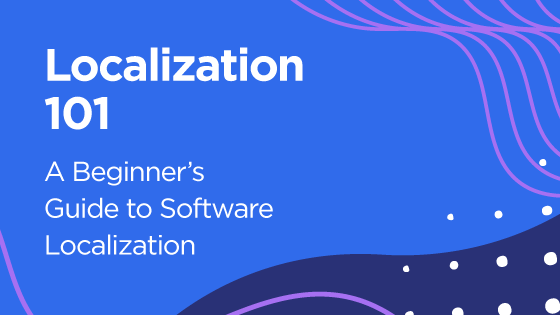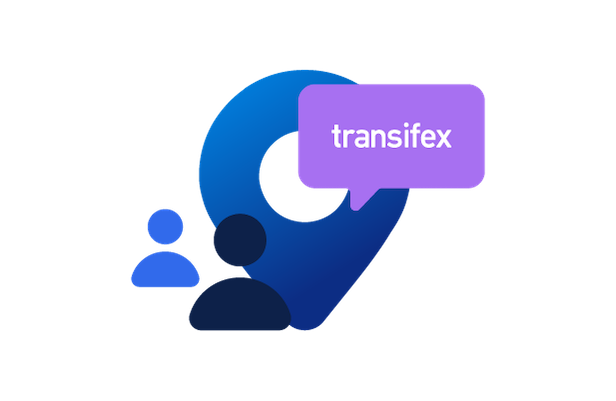
The 5 Key Stages of the Localization Process
In the past, companies often localized content using spreadsheets and emails. As you can imagine, this would result in quite a lot of heavy lifting. Developers, translators, and localization managers were left manually going back and forth to get simple translations done. First, your developers had to copy and paste strings and source content into spreadsheets before sending it off to multiple translators. Then, translators needed to manually put their translations into the spreadsheet. Last, but not least, that was then put through a tedious quality assurance process before translations were launched live on the site.
But, this is just one traditional translation option.
With the evolution of translation management technology, localization platforms are a far more popular way of localizing content. Because they help save time and money, localization platforms are now used by companies of all sizes.
However you decide to go about your translation management efforts, it is important to have a basic understanding of how the localization process works.
In doing so, you can begin to make more informed decisions when building and executing your localization roadmap. To help you better navigate your translation management efforts, we’ve broken down the five key stages of the localization process.
Software Localization Process
1. Extract Resource Files
To start the localization process, you’ll need to extract your resource files for translation. Robust localization platforms support a variety of source file formats and you’ll be able to directly upload your resource files.
In some cases, you’ll have to export your resource files into standard XLIFF (XML Localization Interchange File Format) files or other localization file formats to make them suitable for translation into multiple languages.
If you are using a translation management system, like Transifex, all you need to do is directly upload the resource files of your project into one of the supported resource file formats.
The platform automatically extracts all your source strings and makes them available for translation. Furthermore, if you are using GitHub, you can even integrate Transifex with your GitHub repository. This enables you to automatically send new or untranslated strings directly into the translation management platform.
2. Select Translation Method(s)
When it comes to translating your content, it’s crucial to take the time to select the right translators for the job. Needless to say that ideally, you want a native language speaker with experience in translation.
If you decide to use a localization platform, you’ll likely be provided with an integrated translation provider. Alternatively, you can invite translators of your choice from an outside translation agency.
Translators get access to your source strings via the platform’s editor that they can use to translate and within the context of your content.
3. Review Translations
Translation is not an easy job. And just like any other human being, translators aren’t perfect. That is why you need experienced reviewers to look at completed translations, ensure a high level of quality, and that translations matche their context.
Robust platforms like Transifex have built-in features for reviewing translations along with options to communicate with your translation team quickly and efficiently.
4. Copy Translated Files into Code Structure
After your translations are completed, you’ll need to copy the translated files into your code structure.
Quality translation platforms will provide an option to pull the translated files that are ready for use into your application, as mentioned above. The next step is to import these translated files into your application and deploy your newly localized website or application with the completed translations.
5. Release Your Translated Content and Complete the Localization Process
At this point you may be asking, when is the localization process complete?
Once you’ve made sure that your product is bug-free and sufficiently documented, your developers will announce a “string freeze” on your product. This means you can no longer change the code in a way that affects the source strings. Unless that’s for specific improvements.
The string freeze allows translators to work on a stable set of strings and ensure adequate time is available to translate and review. Then, you can obtain the translation for all your target languages, compile them into your product, and release!
Explore the Full #Localization101 Series
This post is part of the #Localization101 series. We’ve created it to help everyone from developers to localization managers successfully launch and manage their localization efforts.
Want the full #Localization101 series? Check it out to catch up on other posts and learn everything you need to know for translation success:
Ready, Set, Localize!
With the fundamentals of the localization process, you are well on your way to fully internationalizing your content.
To help you navigate the entire localization process, you can find some more specific examples of each step of the localization process in our latest guide – Localization 101: A Beginner’s Guide to Software Localization. Download the guide to better understand how to localize your website and software, from start to finish.
Related posts
Global Strategic Vision With a Continuous Localization Strategy
Software localization: the ultimate guide








